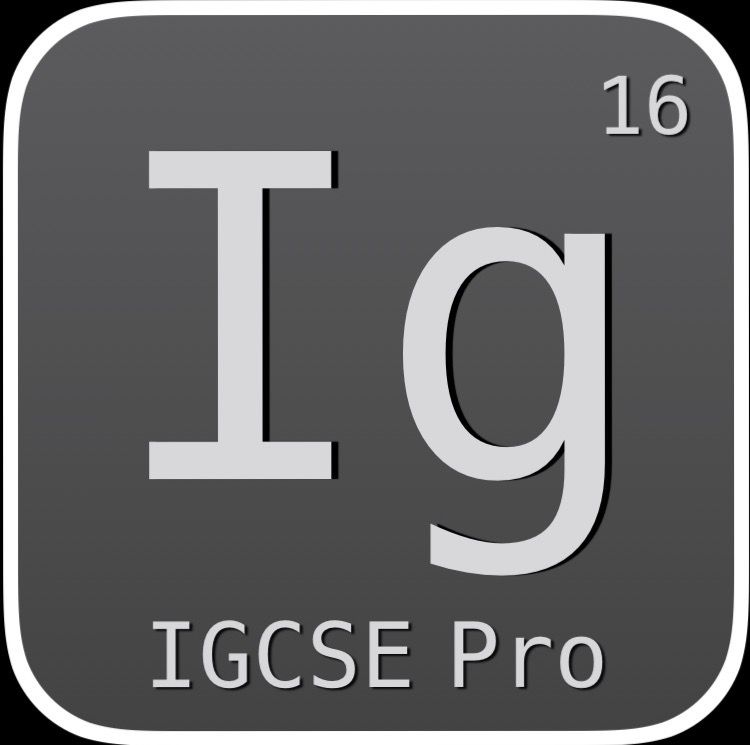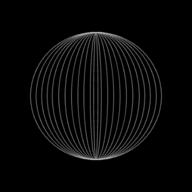Government and the Macroeconomy

Welcome to Unit 4 of IGCSE Economics! In the next 8 bitesized sections, we will review the different aspects that connect the Government to the Macroeconomy.
Make sure to pay attention, because at the end we have a quiz to help you understand your level of preparedness for this topic!
4.1 The Role of Government
Local Government Role
- Collects taxes to fund local services
- Provides: rubbish collection, street lighting, local infrastructure
National Government Role
- Makes decisions to achieve macroeconomic aims
- Uses three main policy tools:
- Fiscal Policy: Decisions on taxation and government spending
- Monetary Policy: Central bank decisions on interest rates, money supply, and exchange rates
- Supply-side Policies: Measures to increase availability/affordability of goods and services
4.2 Macroeconomic Aims of Government

Key Government Objectives:
- Economic Growth - Increase in real GDP over time
- Full Employment - Low unemployment rates
- Price Stability - Low, stable inflation
- Balance of Payments Stability - Balanced international trade
- Income Redistribution - Reducing inequality
Important Definitions:
Economic Growth: Long-term expansion in productive capacity (PPC shifts right)
Unemployment: When people are willing, able, and actively seeking work but cannot find employment
- Formula: (Unemployed People ÷ Labour Force) × 100
Inflation: Sustained increase in general price level
- Demand-Pull Inflation: Caused by demand exceeding supply
- Cost-Push Inflation: Caused by rising costs of factors of production
Balance of Payments: Financial record of a country's transactions with the rest of the world
The Economic Equation:
GDP = C + I + G + (X - M)
- C = Consumer Expenditure
- I = Investment Expenditure
- G = Government Expenditure
- X = Exports
- M = Imports
Conflicts Between Macroeconomic Aims
Governments face trade-offs when pursuing different objectives:
- Employment vs. Prices: Higher employment → Higher consumer spending → Demand-pull inflation
- Growth vs. Balance of Payments: Economic growth → Higher imports → Trade deficit
- Employment vs. Balance of Payments: More employment → Higher disposable income → More imports
- Growth vs. Price Stability: Lower interest rates stimulate growth but may cause inflation
4.3 Fiscal Policy

Government Budget
The government's financial plan showing planned revenues and expenditures from sources like:
- Taxation
- Privatization
- Government bonds
Types of Taxes
By Payment Method:
- Direct Taxes: Paid directly on income (income tax, corporation tax)
- Help redistribute income and reduce inequality
- Indirect Taxes: Paid on goods/services (VAT, excise duties)
- Increase production costs, often used on demerit goods
- Tariffs: Import taxes to reduce imports and improve balance of payments
By Tax Rate Structure:
- Progressive: Higher income → Higher tax rate
- Regressive: Higher income → Lower effective tax rate
- Proportional: Same percentage regardless of income (e.g., VAT)
Principles of Good Taxation (3E, 2C, F):
- Equitable: Fair distribution of tax burden
- Economical: Low cost to collect
- Efficient: Doesn't distort economic behavior
- Convenient: Easy to pay
- Certain: Clear and predictable
- Flexible: Can be adjusted as needed
Effects of Taxation
On Prices & Quantity: Higher taxes → Higher prices, Lower quantity (due to increased costs)
On Economic Growth: May reduce incentives to work and invest
On Inflation: Higher taxes can reduce consumer spending, easing inflation
Tax Avoidance vs. Tax Evasion:
- Tax Avoidance: Legal minimization of tax payments
- Tax Evasion: Illegal non-payment or under-declaration of taxes
Fiscal Policy Types
Expansionary Fiscal Policy: Lower taxes + Higher government spending
- Stimulates economic growth
- Increases employment
- May worsen balance of payments
- Reduces income redistribution
Contractionary Fiscal Policy: Higher taxes + Lower government spending
- Reduces inflation
- May slow economic growth
- Improves government budget position
4.4 Monetary Policy

Key Concepts
Money Supply: Total amount of money in the economy at a given time
Monetary Policy: Use of interest rates, exchange rates, and money supply to control macroeconomic objectives
Policy Types
Expansionary Monetary Policy: Lower interest rates → Increase money supply → Higher disposable income → Higher GDP
Contractionary Monetary Policy: Higher interest rates → Decrease money supply → Lower spending → Control inflation
Tools of Monetary Policy
Repo Rates: Amount banks must keep as reserves (affects money supply available for loans)
Interest Rate Changes:
- Lower rates encourage borrowing and spending
- Higher rates encourage saving and reduce spending
Effects on Economic Variables
↑C + ↑I + ↑G + ↑GDP → ↑AD → ↑AS → PPC shifts outward
Limitations
- Time Lag: Takes time for effects to show
- Other Factors: Business confidence, external shocks can interfere
4.5 Supply-Side Policies

Definition
Long-term measures to increase productive capacity, leading to outward PPC shift
Policy Measures
Human Capital Development:
- Education and training programs
- Skills development initiatives
Labor Market Reforms:
- Reducing trade union power
- Reforming unemployment benefits
- Adjusting minimum wage policies
Business Environment:
- Lower direct taxes
- Deregulation
- Privatization
- Investment incentives
Effects of Supply-Side Policies
- Increase GDP without causing inflation
- Improve employment through better skills
- Shift PPC outward
- Increase productivity and national output
- Improve export competitiveness
- Enhance future disposable income through better education
4.6 Economic Growth

Types of GDP Measurement
Nominal GDP: Monetary value of goods and services (not adjusted for inflation)
Real GDP: GDP adjusted for inflation (shows true economic growth)
GDP Per Capita: GDP divided by population size (shows average living standards)
Components of GDP
- Consumption: Household spending
- Investment: Business capital spending to increase production
- Government Spending: Public investment in infrastructure
- Net Exports: Export earnings minus import expenditure
Business Cycle
Fluctuations in economic activity over time, showing long-term growth trend with periods of expansion and contraction.
Recession
Fall in GDP for two consecutive quarters, characterized by:
- Declining national output
- Business bankruptcies
- Rising unemployment and underemployment
- Falling exports and imports
- Reduced investment
- Possible deflation
- Increased government spending on benefits
- Higher youth unemployment
4.7 Employment & Unemployment

Key Definitions
Employment: Economic use of labor as a factor of production
Full Employment: Everyone willing and able to work has a job
Unemployment Rate: (Number Employed/Workforce) × 100
Employment Patterns
- Delayed workforce entry (longer education)
- Aging population
- Increasing female participation rates
- Growth in formal sector employment
Measurement Methods
- Claimant Count: Number claiming unemployment benefits
- Labour Force Survey: ILO standardized household survey
Types of Unemployment
Frictional Unemployment: Time delay between leaving one job and starting another
Structural Unemployment: Permanent decline in demand for certain products/skills (often due to foreign competition)
Cyclical Unemployment: Caused by lack of demand during economic downturns
4.8 Inflation & Deflation

Inflation
Definition: Sustained increase in general price level over time
Hyperinflation: Very high, uncontrolled inflation rates
Consumer Price Index (CPI): Weighted index measuring cost of living for average household
Causes of Inflation
Cost-Push Inflation: Higher production costs drive up prices
Demand-Pull Inflation: Higher aggregate demand drives up prices
Imported Inflation: Higher import costs increase domestic prices
Effects of Inflation
Negative Effects:
- Menu Costs: Frequent price changes
- Reduced purchasing power for consumers
- Shoe Leather Costs: Time spent searching for best deals
- Losses for savers and lenders
- Harm to fixed-income earners and the poorest
- Reduced export competitiveness
Positive Effects:
- Benefits borrowers (pay back with cheaper money)
- May indicate economic growth
Deflation
Definition: Sustained fall in general price level
Benign Deflation: Not threatening to economy Malign Deflation: Harmful to economic growth
Effects of Deflation
- Increased unemployment
- Business bankruptcies
- Wealth effects (falling asset values)
- Debt burden increases
- Reduced consumer spending (waiting for lower prices)
Quiz Time
You know what to do- take the short 5 question quiz to see how much more prep you need for this topic!
Government and the Macroeconomy Quiz
Test your knowledge of IGCSE Economics Unit 4
Quiz Complete!
This is the end of this guide. In comparison to the previous guide, we really put in some effort to summarise it so that you get the most important things to remember, and connected concepts straight to the syllabus.
Thank you for using IGCSE Pro! Catch you in the next one!

